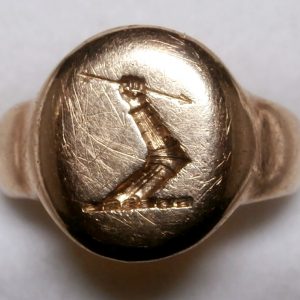RINGS
Showing all 36 results
-
£1,450.00
A very pretty emerald ring with an oval and two pear-shaped emeralds with 8-cut diamond points between. The colour and clarity (there are always some inclusions) of the emeralds is excellent, and the setting is a hand-made ‘carved’ mount which was popular from the late 19th century onwards. It bears partly obscured 18ct London hall-marks for 1962.
The gold beads have been added either to stop the ring turning on the finger or to slightly reduce the size which is currently UK L – USA 5 3/4 for a fairly small hand but can be altered as required.
Quick View -
£745.00
This 1970s ring is set with a triangular amethyst of the finest deepest colour in an oxidised .925 silver setting modelled as seaweed with random gold-set ruby ‘barnacles’ -a really characterful and fascinating piece.
The amethyst straight side measures approximately one inch: 27mm – finger size UK O: USA 7
Quick View -
£1,480.00
A swivel-seal ring incorporating a double-sided steatite Bactrian intaglio of winged lions circa 300 BC in a contemporary gold mount testing as 18ct. The seal is approximately 7/8 inch diameter x 3/8 inch depth: 22mm diameter x 9mm depth; finger size UK T : USA 9 3/4 but can be sized without charge.
Quick View -
£1,450.00
David Hensel is a fascinating sculptor, painter and jewellery maker. He received some not altogether welcome publicity some years ago when the Royal Academy Summer Show exhibited a plinth without the sculpture that should have stood on it. He has made a number of commissions for me and my family, but he is now concentrating on sculpture and painting, so this ring is amongst the last pieces of jewellery he has made, each piece of course unique.
The face is carved from walrus ivory, whiter than appears in the photos, set in oxidised and partially gilded silver with gold pin-point eyes, signed in monogram on the reverse. The head is 1 1/8 inches: 28 mm crown to chin, and the finger size UK M: USA 5
Quick View -
£3,950.00
N648A Art Deco assymetric ‘little-finger’ ring meant to be worn with the side panel facing outwards. The geometric design is typical of the late 1920s/early 30s, and the ring is set with just under two carats of good quality baguette-cut diamonds, with a centre panel of three baguette rubies of good colour, all set in platinum.
Designed for the little finger, the size is UK – K and American 5 1/4 but can be altered to fit.
Quick View -
£590.00
N655A A late 19th century armorial signet ring, bearing a woman’s coat of arms in a lozenge, as opposed to a man’s in a shield. The arms incorporates a smaller arms, possibly from a marriage, and a crest of two wings, in a blueish hardstone. There is a microscopic chip on the lower left edge which you would not notice, but which I should mention.It is engraved inside 14-6-96 and inside the band stamped AdG and 585 (14ct). The head of the ring is 1/2 inch: 13mm
Quick View -
£760.00
N657A A hardstone cameo ring nicely carved, probably in Idar Oberstein, with a girl’s head with curly hair and a retroussé nose, whereas 19th century cameos always have a straight nose. The plain shank is double-stamped 585 (14k) and a maker’s mark DK and probably dates from the 1950s/60s. The head of the ring is 1/2 inch/13mm and the easily altered ring size UK-J 1/2- US 4 3/4
Quick View -
£3,400.00
N92A An attractive and wearable man’s ring from around 3rd/4th century AD inset with a carnelian intaglio of a devotee making an offering. The gold is of high standard, hence its beautiful buttery yellow colour. As with all this type of ring, the shank is hollow and is filled with wax or pitch, so sizing it is not practicable. There are inevitably, after nearly 2000 years, a few minor dents and scratches, and I regret to say I do not have a copy of the original invoice.
The ring is UK size R : US size 8 3/4
Quick View -
£3,950.00
N613A Unique natural un-cut diamond ring. This unique ring is set with a diamond exactly as it came out of the ground. Diamond crystals are often found in the form of a back-to-back pyramid of which this is a good example, weighing 7.37 carats, and set into a simple ring mount tested as 18k. The diamond also displays typical trigons or triangular surface features, as on this example. The double pyramid shape shows how earlier diamond cutters largely followed the form of the natural rough, simply polishing the facets to improve clarity.
Diamonds are thought to promote fearlessness, invincibility and fortitude, especially if the diamond touches the skin; as in this ring where the the point of the lower pyramid contacts the finger.
Quick View -
£790.00
N623A An attractive signet ring with fluted shoulders, set with a cornelian intaglio of a helmeted head, stamped 18k inside the shank. Probably Italian from the 1950s/60s. The finger size is UK Q – USA 8 but easily sized within reason f.o.c. Any local jeweller will measure your finger size if asked.
Quick View

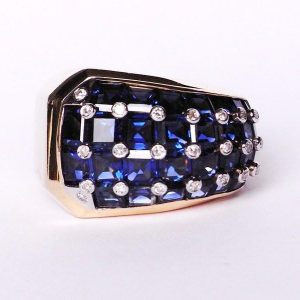 3
3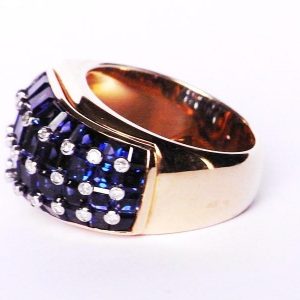
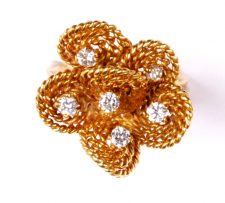 1
1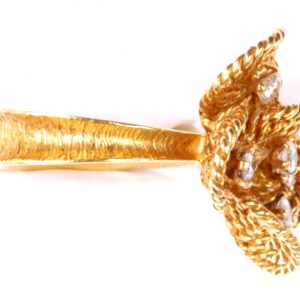
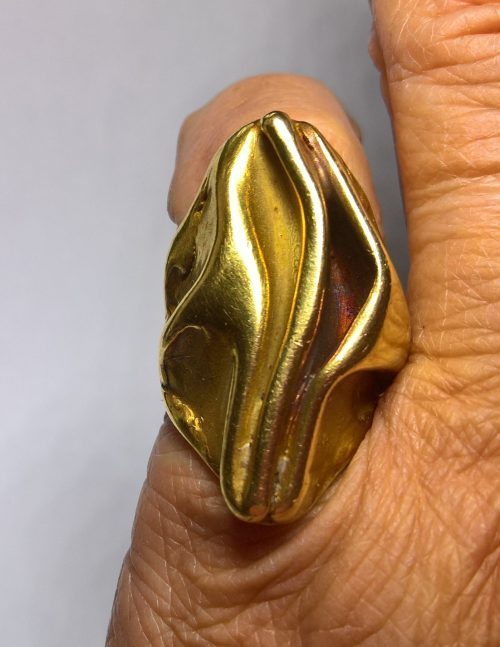
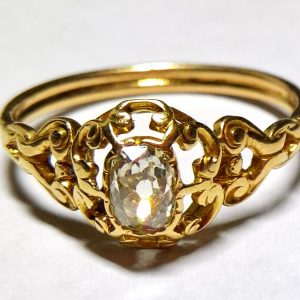 2
2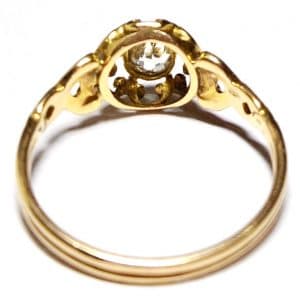
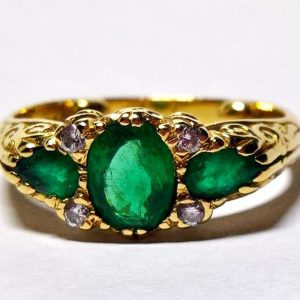 3
3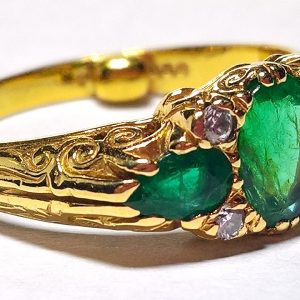
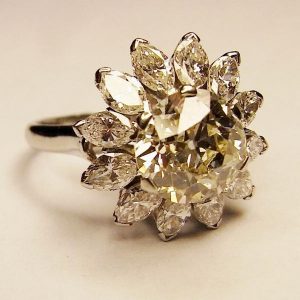 4
4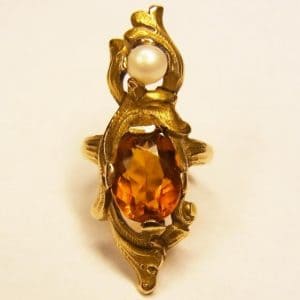 2
2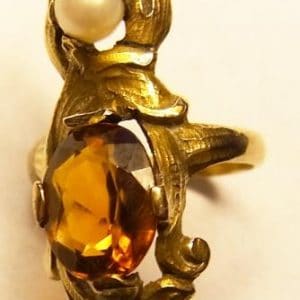
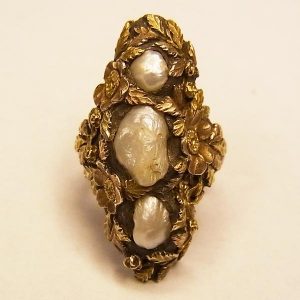 2
2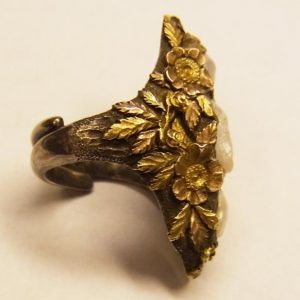
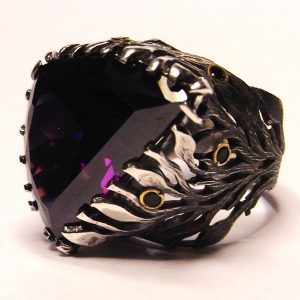 3
3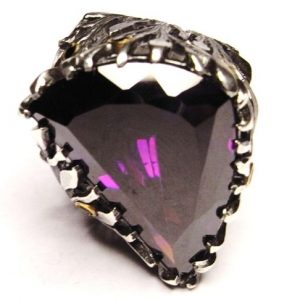
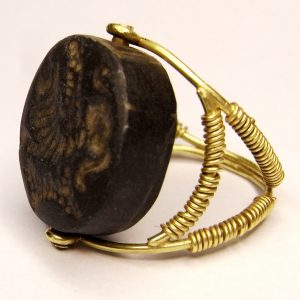 3
3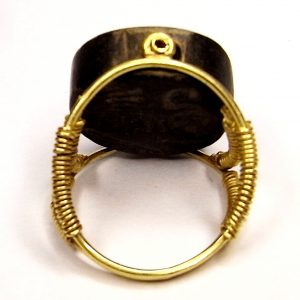
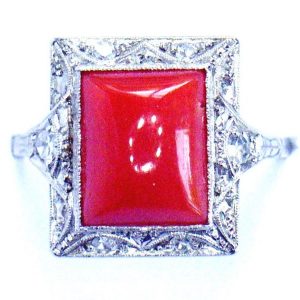 2
2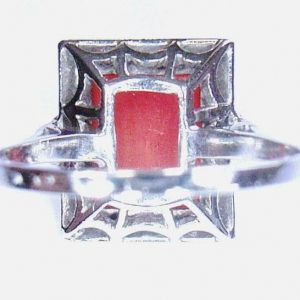
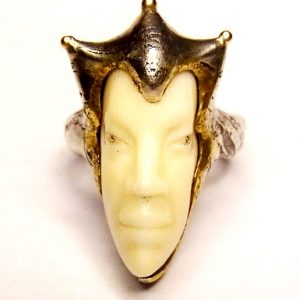 3
3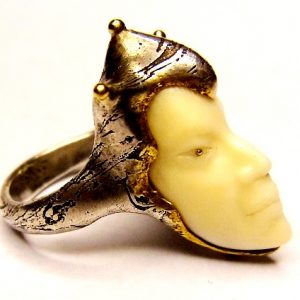
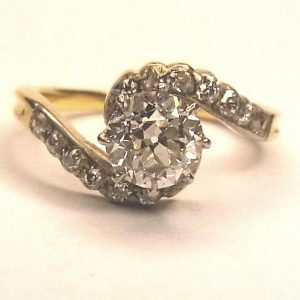 3
3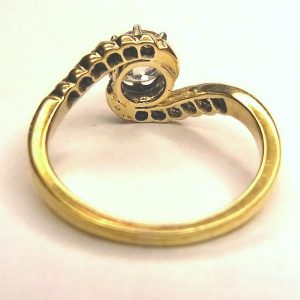
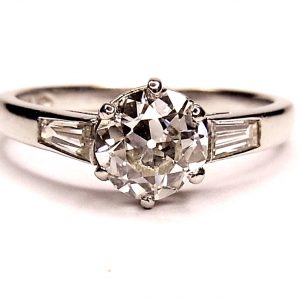 3
3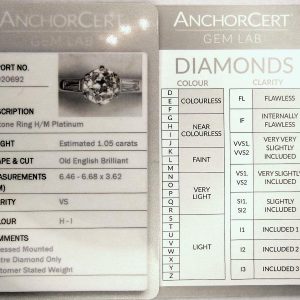
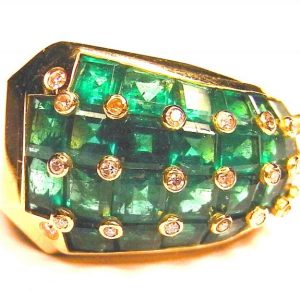 3
3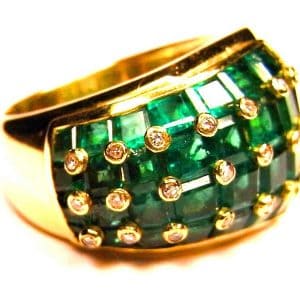
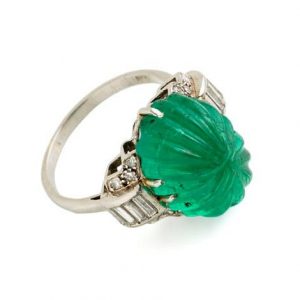 2
2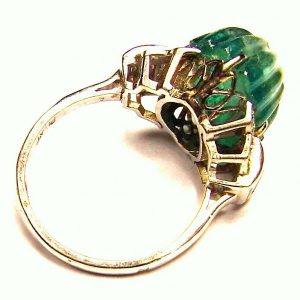
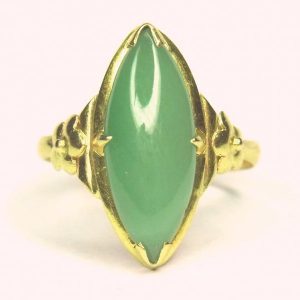 3
3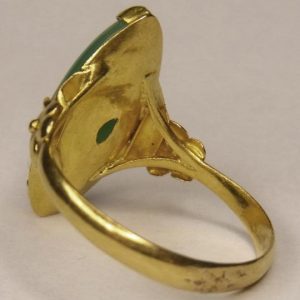
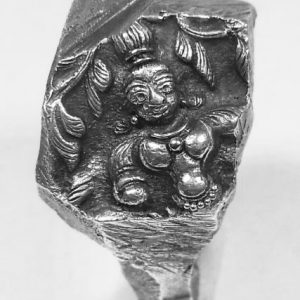 1
1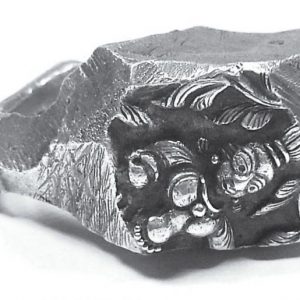
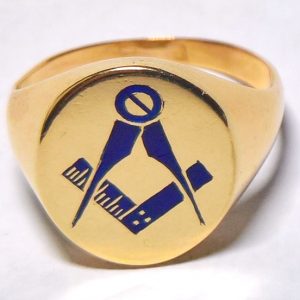 2
2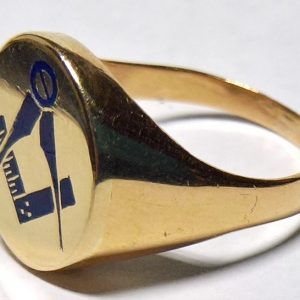
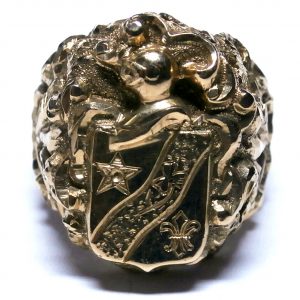 4
4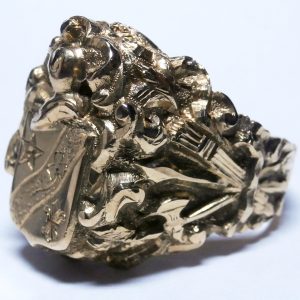
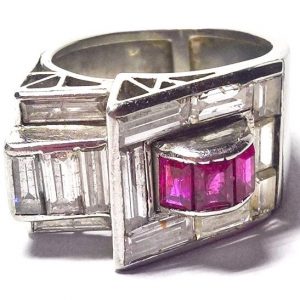 3
3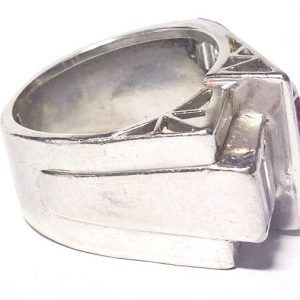
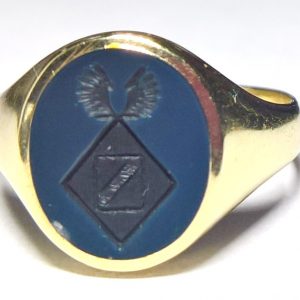 2
2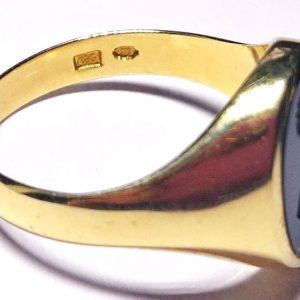
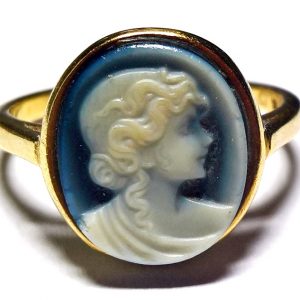 2
2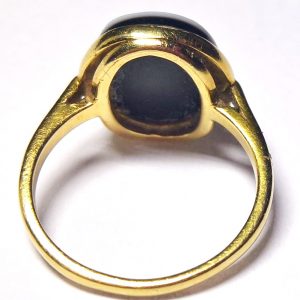
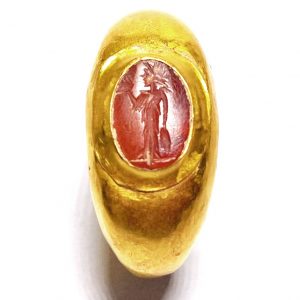 2
2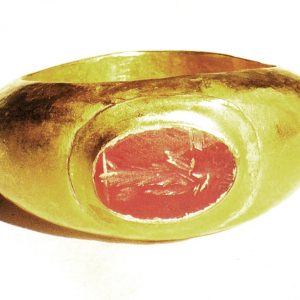
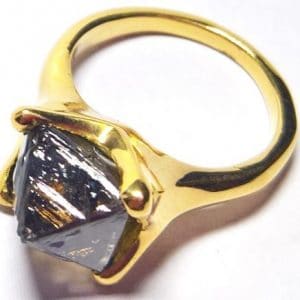 3
3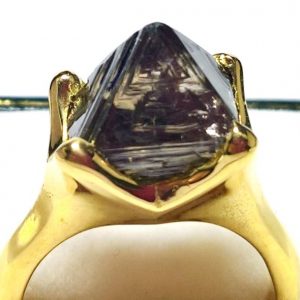
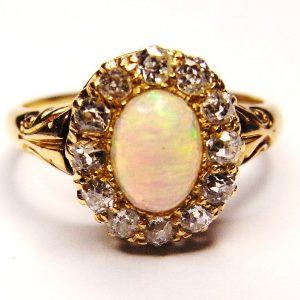 2
2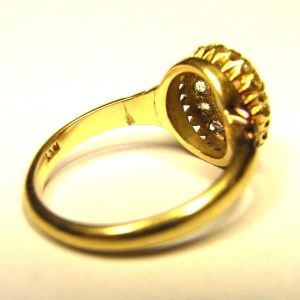
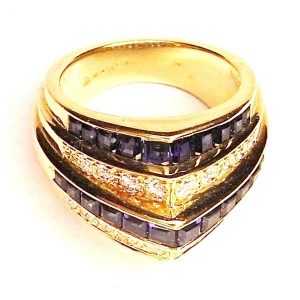 3
3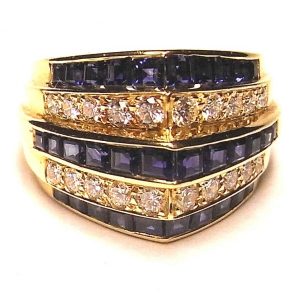
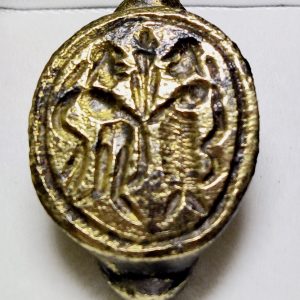 3
3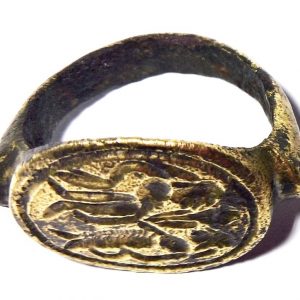
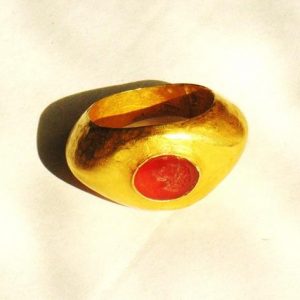 3
3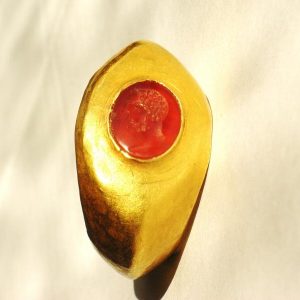
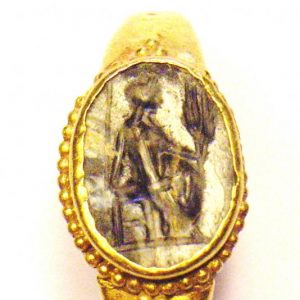 3
3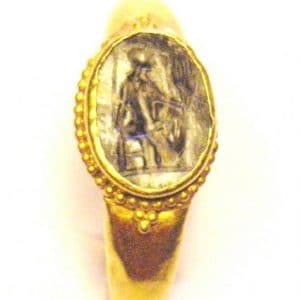
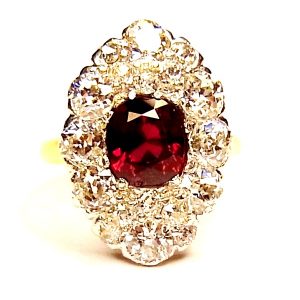 3
3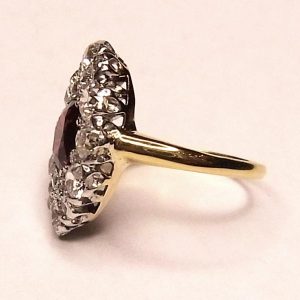
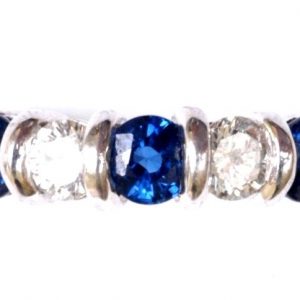 0
0 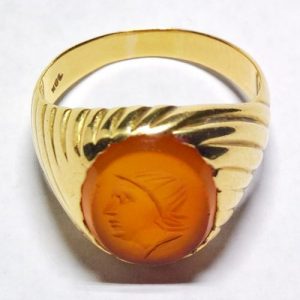 2
2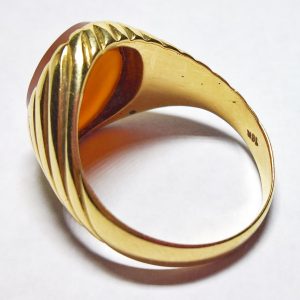
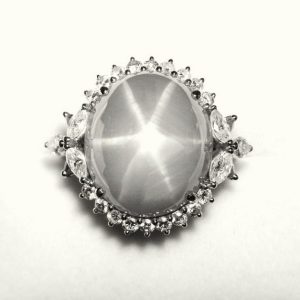 3
3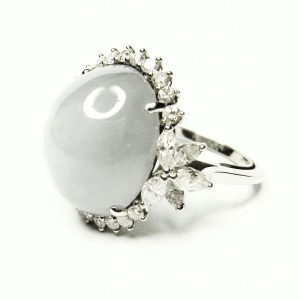
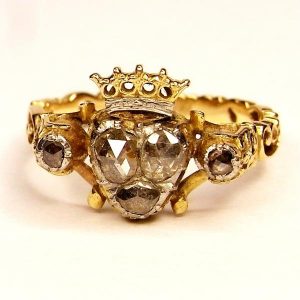 2
2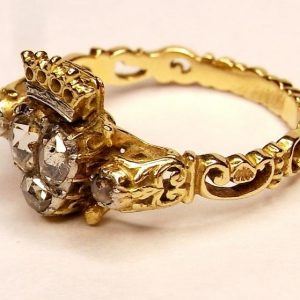
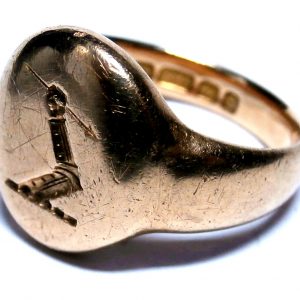 3
3